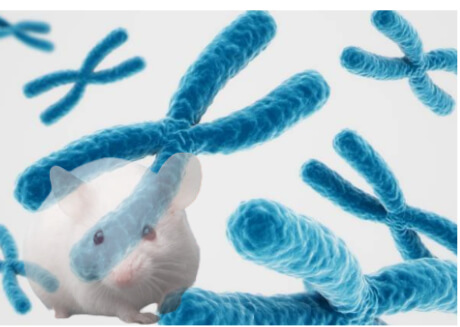New Cancer And Telomere Science Articles Released
In the journal “Frontiers in Oncology”, a series of articles reviewed over the year were compiled and released that review advances in telomere research relevant to Cancer. Here we consider some of those articles. In the first article led by Dr. Reddel reviews alternative lengthening of telomeres (ALT) as a mechanism for maintaining Cancer cells. Essentially, 10-15% of all types of Cancer elongate and maintain their telomeres without activating telomerase. These cells use what is known as ALT, which is a way of recombining long telomere DNA with short telomere DNA to maintain the telomere length. In this review, Dr. Reddel describes the molecular changes that lead to ALT, such as the amounts of proteins that bind to telomeres (known as shelterin proteins), modified telomere sequences and the increased DNA damage. The authors then consider the possibility for how these changes lead to the maintenance of Cancer cells by the ALT pathway.
In the second article the authors Chiodi and Mondello discuss potential novel functions of telomerase protein component. In summary we know that telomerase is composed of two components, a protein and RNA strand. When active, telomerase moves to the nucleus and the telomeres are then elongated and the cells maintain their vitally and normal functions. The authors review new research that indicates additional functions of the telomerase protein component, specifically; the telomerase protein portion can also regulate cellular proliferation, gene expression, the power generating organelle within cells called the mitochondria, in addition to playing a role in Tumor formation and stem cell function.
The third article led by Dr. Lieberman compares the similar features in regulation of telomeres and Viruses. This article focuses on the shapes that telomeres and Viruses take that allows for them to be maintained. Why would comparing the shape of Viruses to telomeres be important? For one thing, our cells get infected with Viruses and in order to eliminate these pathogens by designing new drugs, researchers need to be able to distinguish among the viral functions and our normal human functions. Once these distinctions have been established, drugs can be made to take advantage of these differences. We hope that these review articles helps develop new perspectives in the important field of telomere research.








